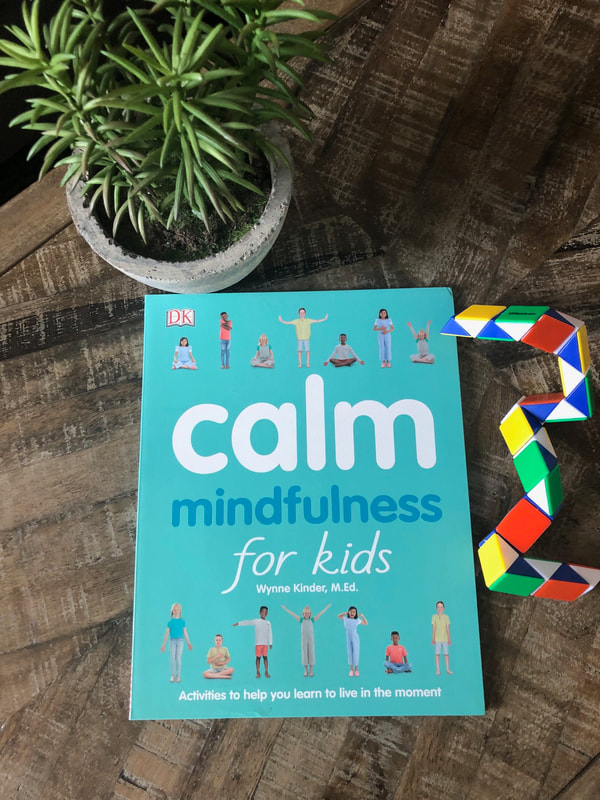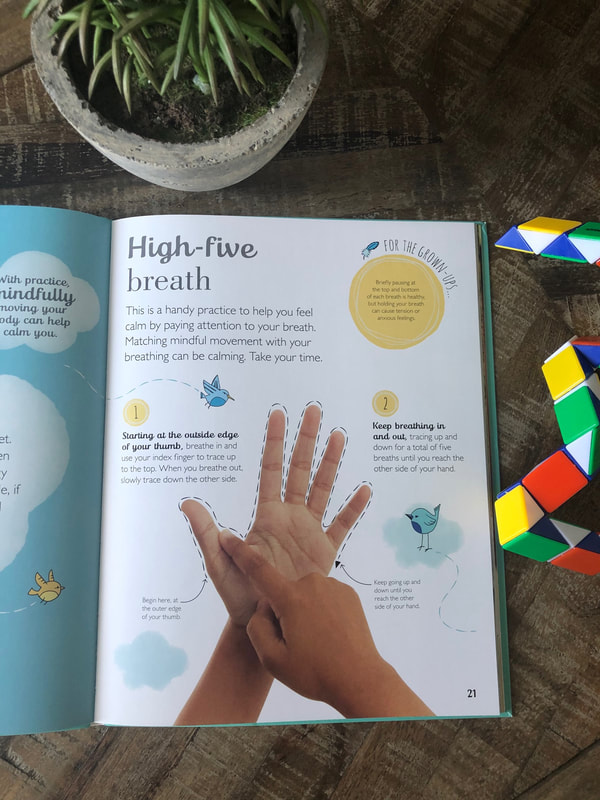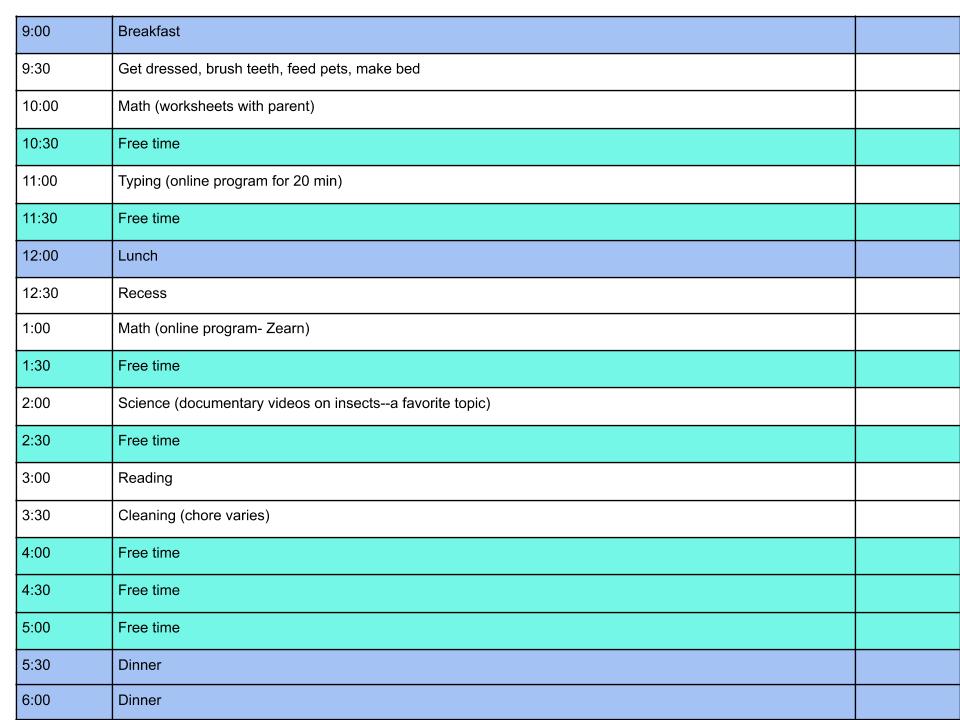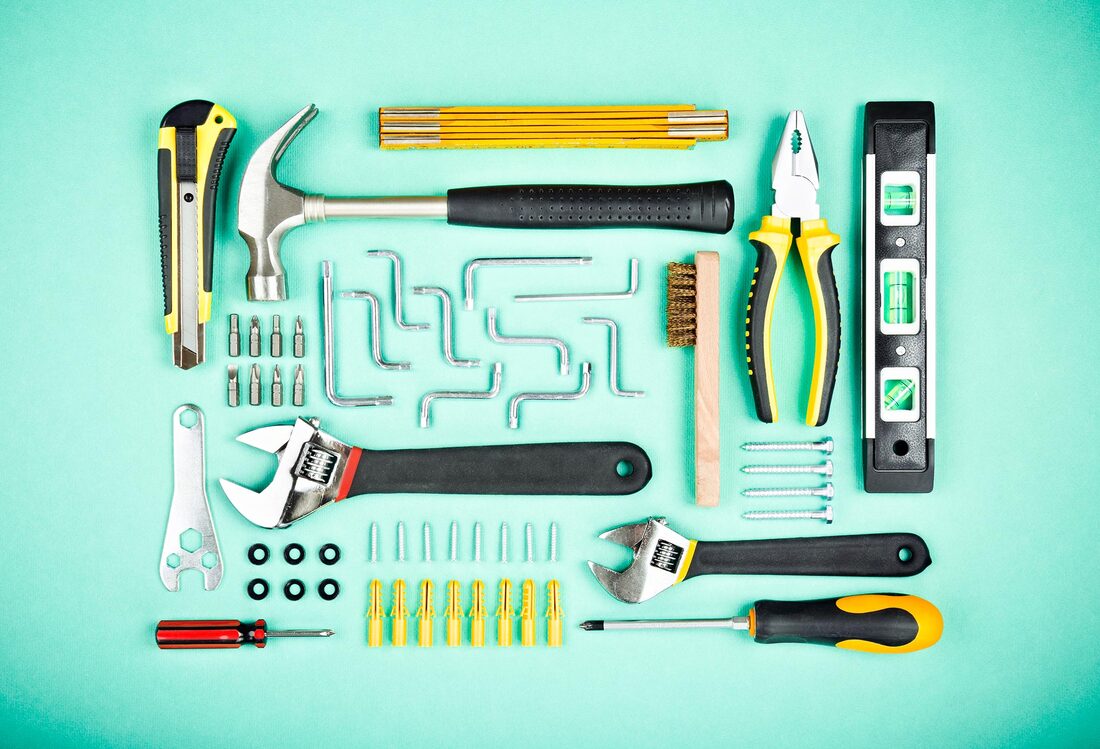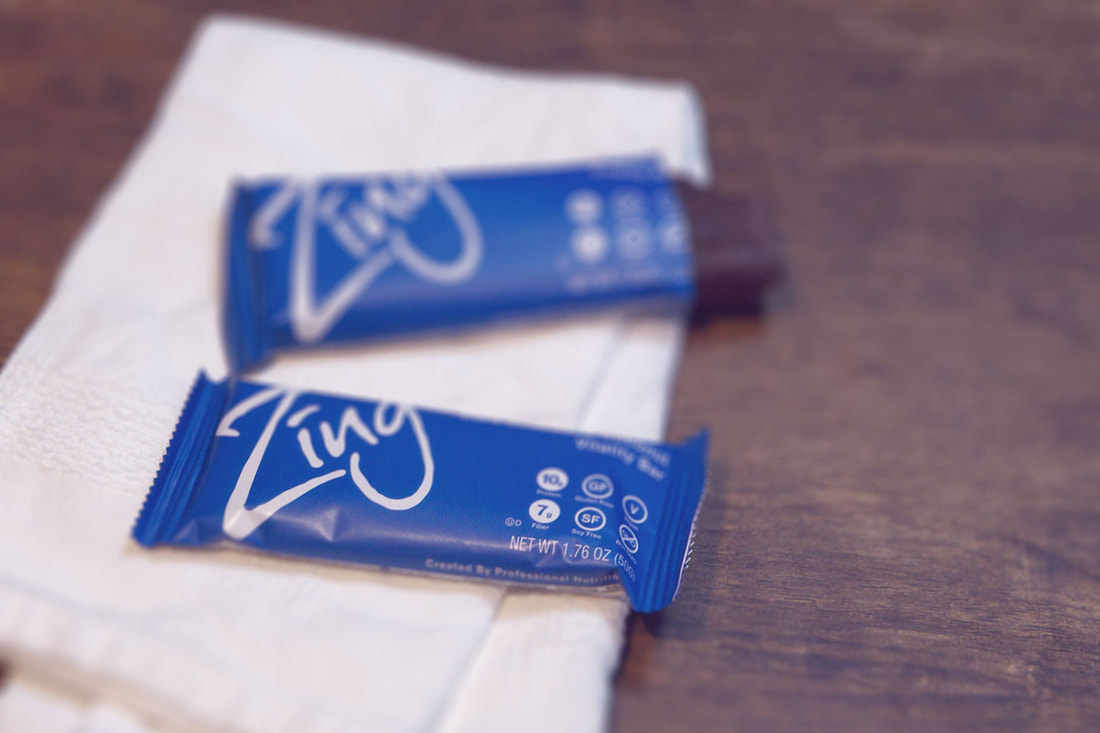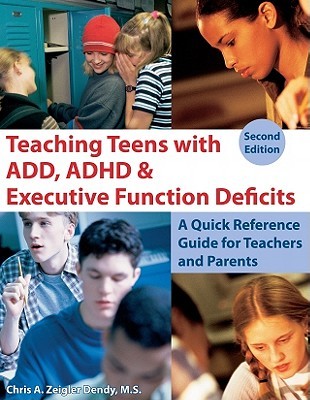AuthorDr. Carrie McMillin is a naturopathic physician that specializes in treating adults and children with ADHD and anxiety. Archives
February 2023
Categories
All
|
Back to Blog
I talk a lot about the practice of mindfulness with my patients because it is an ideal tool to have in your toolbox. Mindfulness can significantly improve concentration and focus, calm anxiety, and can even increase neuroplasticity (the ability for our brain to make new connections and learn new skills or behaviors).
Practicing mindfulness doesn’t cost anything either! I don’t get too many raised eyebrows when I “prescribe” mindfulness activities. Most of us can understand the benefits and would love to incorporate it into their routines--but getting started can be tough! I recommend setting aside a regular time (even just 5 minutes) to sit down and do one mindful exercise per day. Anchoring it to an already established habit (ex. after lunch, after brushing teeth) can be helpful. If you can incorporate it more frequently, even better! I also recommend picking a very simple exercise that doesn’t require much time. One of my favorite books with simple ideas for kids is “Calm: Mindfulness for Kids” by Wynne Kinder. This book not only shows simple exercises that are great for starting up a mindfulness practice, it also has inviting photos and illustrations. And you can totally jump between pages (we are talking ADHD brains here). One of my favorite exercises illustrated in the book is the high-five breath. This is a simple technique where you slowly trace the outside of your hand, breathing in as you move to the top of each finger, pausing at the top, and exhaling as you move down the other side. Give this a try, tracing your hand 5 times for a mindful high-five. I recommend checking out this book for more easy ideas. You can find other great resources at www.mindful.org Interested in the science behind mindfulness and ADHD? I recommend the book “The Mindfulness Prescription for Adult ADHD” by Lidia Zylowska
Back to Blog
A Podcast To Put You To Sleep!7/16/2020 Sleep is such a common issue for people with ADHD and anxiety. With current schedules thrown out the window, and little to no time for kids to burn off some energy playing with friends, I have seen a major uptick in sleep struggles for my patients and in our own family over the past few months.
Bedtime routine is so very important to help get the brain into “sleep mode” and should absolutely be your first step when working to overcome sleep difficulties. It can be helpful for the last step in this routine to be playing soothing sounds, music, audiobook or podcast. Try out a few different ones and see what works best for you. The goal is to find something that isn’t too interesting or exciting, so keep that in mind. One podcast we have found helpful in our family is “Nothing Much Happens” by Kathryn Nicolai. Exactly what the title says, these are stories that aren’t really about much action, but rather descriptions of small moments and scenes. Kathryn reads them in a calming, sleepy, monotonous voice that is very relaxing. It is available on Spotify, Stitcher, and Apple Podcasts https://www.nothingmuchhappens.com/stories I hope this helps to make bedtime a bit easier in your household! More posts about sleep support to come!
Back to Blog
My 4th grader really struggles with math. She has dyscalculia in addition to ADHD, and many tears have been shed over math worksheets. And while we limit the amount of workbook-type lessons she is doing in most subjects, for math they are somewhat unavoidable. So we needed to have a plan for how to make math time doable while she’s at home. Here are some tips that you may be able to apply to your homework/homeschool routine!
1. Be intentional about WHEN math time is We broke math into two 30 minute blocks. One is in the morning at 10:00AM. My kiddo does pretty well at this time of day as far as mood and she has not yet drained her attention reserves for the day. This is also just shortly after breakfast, so she is not getting hungry yet. The second 30 minute block is at 1:00, after lunch and recess, when blood sugar is good and energy has been burned off! 2. Work for short chunks of time with mini breaks For my kiddo, she needs a short brain break after 10 minutes of math. We set our timer for 10 minutes. When 10 minutes are up, we set the timer for a 5 minute break. Once that is up, it’s back to a 10 minute work chunk followed by a 5 minute break. That equals our 30 minute math block. 3. Use a visual timer It can be tough for ADHD brains to get a good feel for how much time is left with a standard timer (one that just shows a number). Visual timers can be super helpful as an alternative, and usually don’t require a big investment. These timers have a block of color that shows the quantity of time remaining, in addition to a number. Search the term “visual timer” online for a physical option, or choose an app with the same set up. 4. Sit with your kid You will soon get a feel for noticing when they are getting distracted or need support. I have found it’s incredibly effective if I ask her to explain how to do a problem--and I am being genuine. I honestly don’t often understand the methods she is currently being taught and when she explains them to me she has a sense of pride. She is also motivated to help me out because I want to understand and she wants to help me. Once she explains roughly what they are working on, we are able to work on the worksheets together. 5. THE BREAK JAR This is the best part of our method. And we only use the break jar for math because it is the bane of our existence...at least it requires the most effort. I have several slips of paper with ideas for things to do on the 5 minute breaks. These are simple things like “Dance!” (see full list below), and ONE of the slips is for a prize! 6. Give lots of positive feedback High five, “Great job!”, “You are working hard!”, “You are a rockstar!”, fist bump, etc. Your kid is super amazing, so let her know! If they are getting frustrated and struggling, let them know you can see they are working hard, how can you help? Offer support if they would like it. So here’s a breakdown of how we use the timer: 10 minutes math 5 minute break (draw a slip from the break jar!) 10 minutes math 5 minute break (draw another slip from the break jar!) Here are the things in our break jar: Get a drink--this could even be something special like a cup of juice with an umbrella in it Watch a funny animal video--I have a few compilations cued up on my phone to watch Have a treat--we’ve done 2 of each color skittles or M&Ms;try something that’s special Fresh air- maybe go outside and look at the clouds, run up and down the driveway, etc Fidget--I will get our fidget basket out for her to choose one Sing--we like to belt out David Bowie’s “Space Oddity” at the top of our lungs Snack--usually less coveted than the “Treat”, but good to grab a fruit, trail mix, etc Dance--I may or may not have put on “Despacito” for this one (don’t judge) Dog snugs--we have a very squishy pug, and some cuddle time with him is a nice break Jokes--I have a few pages of kid jokes bookmarked and we take turns telling them Yoga--we do a few easy yoga poses Short video--my daughter likes to watch trailers or previews from a cartoon she likes Lotion--we will take time to put on some really yummy smelling lotion PRIZE--these are just small things I have picked up for a few dollars here and there and set aside (ex. a squishy frog) Note: We set aside a slip of paper once she’s picked it. That way all slips are used before they are all added back to the bowl to start over. Feel free to add things that make sense for your kid, keeping in mind they are for a 5 minute break. (So nothing that they might start and want to continue instead of going back to their next work block.) Hope this helps you and your kiddo. And hey, you are doing an awesome job! You’ve got this!
Back to Blog
Staying Sane in Quarantine: Schedules3/15/2020 Like so many families right now, we will be staying in our home for an extended period of time. We also have an immune-suppressed family member, so our kids have already been home for a week. And we are already getting a bit stir crazy! With schools closed in our area for the next six weeks or more, many families are trying to figure out how to keep kids entertained and hopefully even get a bit of schoolwork done as well. With ADHD kids, this can be exceptionally difficult. But when schedules have been thrown out the window and the usual structure of school is gone, all kids are going to struggle a bit. So I’m sharing a few things we are doing at my house to manage! Schedule I’m using this term lightly. In our home, schedules need to have a lot of free time scattered throughout, and some room for flexibility. Our priorities right now for schoolwork are staying on top of math, practicing typing, and reading something every day. The rest is really a bonus. Here is what works for us. My 4th grader’s weekday schedule: Hopefully our schedule can help you to create one that works for your family. On weekends, we let kids have much more flexibility, but keep wake times, mealtimes, and bedtimes fairly consistent. Having some sort of schedule is really important for ADHD brains, but finding what works for your kids may take some trial and error. That’s okay, you will figure it out!
Stay tuned for details on things like how we stay motivated, getting through really tough subjects, and ways to tweak the schedule when needed. You’ve got this!
Back to Blog
Presentation: Your ADHD Toolbox2/10/2020 These are the slides from the presentation at the Connecting Our Community event on February 8, 2020. Nancy Colburn, who co-founded Eastside Parents of ADD/ADHD Kids with me, worked with me on this presentation which we gave together. It was an amazing event that connected parents to information, resources, and support!
Images in the linked presentation are licensed under CC0 license or are used under license from iStockPhoto unless otherwise noted. Pomodo timer, by Marco Verch, licensed under CC BY 2.0
Back to Blog
Eating can be a major struggle for patients taking stimulants, and picky taste buds can make it even more challenging. I’m always on the lookout for snacks that are delicious and offer a reasonable amount of protein. This can help to avoid blood sugar spikes (and eventual drops) which can lead to mood swings, outbursts, difficulty concentrating, and essentially an aggravation of a lot of ADHD symptoms. Side note: Not eating enough earlier in the day can make the 3:00-4:00 “after school breakdown” far worse for a lot of kiddos! I am will be regularly featuring snack ideas that I recommend to my patients who struggle with appetite suppression. I do not receive any financial gain or other benefit from any of the companies, but want to give more people specific options to try. Hopefully you will find a few that work for you! Nutrition bars are an obvious choice for packing a lot of nutrition into a few bites. But often the tastiest bars are mostly sugar with little protein, and many nutrition bars are really not tasty enough to eat when you aren’t hungry. One of my favorite bars offers a great mix of nutrition and taste--and it is dairy, gluten, and soy free too! One Zing dark chocolate coconut bar has 10g of protein, 8g of fiber, and contain low glycemic carbohydrates, all of which can help the body to maintain a more stable blood sugar level. And honestly, this tastes like a candy bar. They also offer other flavors which you may like better. (Note that not all are dairy-free and most contain nuts) Zing bars are available at many grocery stores, health food stores, or can be purchased online.
Back to Blog
Welcome to part 2 of my blog post on how to effectively communicate with and motivate your ADHD teen. Here I will cover principles 6-10 (for the first part of this article, click here).
6. Realistic/appropriate consequences When rules are broken, consider what the appropriate consequence is for the behavior. For example, you may have a rule in your home that lights go out at 9:30 PM. One night you find her wide awake at 1:00 AM watching videos on her phone. Your first instinct may be to ground her from hanging out with her friends this weekend. A more appropriate consequence for this would be that she has to give her phone/tablet/laptop to you at bedtime. Also explain that the reason you have this rule in place is because sleep is important to her physical and mental health. 7. Encourage independence Our goal as parents is to raise children that grow into positive and independent members of society. Adolescence is a time when most of the independence training happens, and teens with ADHD are going to need extra time and guidance when it comes to learning these skills. Seek out opportunities that your teen can practice being independent as often as possible, but without loading too much responsibility on at once. You may put him in charge of setting his own alarm to wake up each morning, or give him the job of packing his own lunch. As he gains some skills, move on to some bigger responsibilities such as doing his laundry, or making dinner one night per week. Not only will being familiar with how to do these tasks help when he moves out of the house, they also can give him a sense of pride and improve self esteem-- which are opportunities that should always be taken advantage of! 8. Involve adolescents in decision-making when possible When you are creating rules or guidelines for what you expect, include your teen in the conversation. Let her know that your priorities are her safety, mental well-being, and supporting her so that she can become an independent and responsible adult. For example, she may ask to hang out with friends in the evening. Have an open conversation about what rules make sense to have in place, keeping her safety in mind. Perhaps you are comfortable with her going out as long as she has an app on her phone that allows you to see where she is at, and that she is home by midnight. She may ask if she can stay out until 12:30 because they are going to a movie which will run late. Consider the request, and whatever your decision is, let her know what your reasons are. Of course, she may still be unhappy with your decision, but it is important for her to feel like you’ve heard what she has to say. 9. Frequent feedback “Good job remembering to bring home your jacket today.” “Thank you for remembering to clear your plate after dinner.” “Awesome job working on your essay after school!” Be vocal and give frequent positive feedback when your teen is doing something well, even if it seems small. Everyone likes to hear that they are doing a good job, but those with ADHD need it even more. Frequent positive feedback is another self-esteem booster and a good motivator. Even if your kiddo doesn’t act like he cares about the pat on the back, keep it up. He does. 10. Mindfulness for parents You are human. Teens are frustrating. There’s a good chance you or your spouse has ADHD, which can make keeping your cool even trickier. Practicing mindfulness can help you to stay calm in the difficult moments. Simplified, mindfulness is really about being present in the moment and observing your reactions without judgment. One of my favorite, simple mindfulness activities is called a sensory scan. Take a moment to close your eyes and focus on your senses. How many different things can you hear right now? What can you feel? What do you smell? Want more resources for how to practice mindfulness? Check out my upcoming post on quick and easy mindfulness exercises. You're probably thinking that parenting an ADHD teen is a lot of work. I hear you, loud and clear. I am on the front lines with you and each day I have to remind myself of almost every one of the points I listed here. But take a breath, commiserate with a parent who gets it, (scream if necessary), and try again. Because your kiddo is worth it.
Back to Blog
I won’t sugarcoat it. Parenting adolescents is TOUGH, and when you add ADHD to the mix it certainly doesn’t get easier. Unfortunately, I don’t have a magic formula to make it a cake walk. But I do have some basic guidelines to help improve communication and ease frustrations for everyone involved. In part 1 of this blog post, I detail 5 of the 10 guiding principles that can be a game-changer for how you communicate and motivate your ADHD teen.
1. Don't take it personally When your teen leaves a pile of dirty dishes on the coffee table for the eighth time this week, and you are left to clean up the mess yet again, it can be hard to keep your cool. Of course part of you understands that his ADHD plays a role in this behavior, but a small part of you probably thinks, "Does he think that my time is less valuable than his?" Try to pause in these moments and remember that he did not leave a mess due to a lack of respect for you. In fact, most of the kids I work with harbor some amount of guilt (often hidden) about their behavior. Keep a disability perspective and curb the anger. But this does not mean that he doesn't have to put away the dishes. Have him put them away, or do a different comparable chore if you have already taken care of the mess. Also, see #10 (part 2). 2. Wait for the moment and keep it short Parents and spouses of people with ADHD become incredibly adept at knowing when someone is in listening mode and when she is not. So when you have something to say, wait for that moment. Keep what you want to say short and to the point. Don’t create elaborate explanations-- speak in bullet points. 3. Make rules and expectations clear Whatever your expectations are, make sure they are realistic and crystal clear. "Keep your room clean" isn't a very clear expectation. “All dirty clothes must be in the hamper before bedtime” is much clearer. Keep tasks short and written in a highly visible location--visual reminders are essential. Consider posting a short list on the bedroom door or mirror listing what needs to be done each day. Aim for five tasks at most. When discussing expectations, make sure that they are things that are in your teen’s control as much as possible. For example, instead of an expectation that they receive a grade of a B or higher in Language Arts, set the expectation that all assignments will be completed and turned in. Or that your student will spend 45 minutes studying for an exam with a tutor. Reflect on which piece is within your teen’s control, and set guidelines for the behavior around that piece. Make sure that your expectations are reasonable, taking into account other requirements, learning disabilities, etc. Not sure what is reasonable? Check in with your teen’s doctor or therapist. 4. Use positive reinforcement (incentives before punishment) Focus primarily on motivating through rewards, instead of taking away privileges when something isn’t done. Something like: If you complete your math worksheet, you can watch your favorite show. Or if you do your three daily tasks every day Monday through Friday, you can walk to the coffeehouse with your friends on Saturday. More immediate rewards are usually the most motivating, but as kids get older they can start be motivated by rewards with a slightly longer wait time. For example, if you complete your math worksheet every day during the week, you can play video games with your friends over the weekend. 5. Be your kid's cheerleader Your kid is awesome. Believe this. Teens with ADHD often spend the vast majority of their day in an environment that isn’t ideal for how their brain works. They are constantly reminded by teachers and peers that they aren’t doing what they should be. This is on top of the difficulties of adolescence-- trying to understand who they are and what their place is in the world. It can be easy for kids to start believing that they have little to offer. Help them to see their talents and strengths, even when they aren’t always used in school. And even when they have a setback, know that they can come back from it. It may require a new strategy, but they can do it. So make sure you are your kid’s #1 fan and that they know it! Hey... Have I mentioned you are doing a great job? It is not easy to be in your shoes, but the fact that you are researching new ways to help your kids and your family shows that you don’t throw in the towel. Try some of the approaches I’ve listed here, give yourself a pat on the back, and stay tuned for part two of this blog post for more ways to improve communication with your ADHD teen.
Back to Blog
I'm sure you've heard that meditation can improve your focus. But have you ever really thought about using meditation or breathing exercises as a way to improve your ADHD symptoms? Perhaps it's time that you do.
Meditation is so incredibly impactful, that I can't even being to cover all of the ways that it affects our bodies and brains, especially not in only one post. Instead, let's take a look at the science that makes a compelling connection between breathing and ADHD physiology. To begin, you should know that there is an area of the brain, called the locus coeruleus, which plays a vital role in both respiratory function and attention. A recent study hypothesized that this brain center is actually responsible for a synchronization between breathing and attentional focus. This study demonstrated that changes in breathing directly affected levels of noradrenaline (norepinephrine) in the brain. Norepinephrine is a neurotransmitter (chemical messenger of the nervous system) which plays a crucial role in ADHD, more specifically, those who have ADHD have been found to be norepinephrine deficient. In fact, norepinephrine has such an impact in ADHD that some medications such as methylphenidate and atomoxetine work by affecting norepinephrine levels. (For more information about the neurotransmitters involved in ADHD, check out this article by Additude.) In less scientific terms, yes, meditation truly can help with ADHD and just staying focused in general. So, if you need a productivity boost, or find yourself having trouble staying focused, it may be best to start with a few minutes of mindful breathing, or meditation. I often have my patients start with a regular mindfulness meditation. Don't know how to meditate? Don't worry, there are currently some fantastic apps and resources that make learning how easy. Personally, my favorite app is Headspace, which has several guided meditations specifically for anxiety, focus, kids, etc. Many options are free to try once you create an account, however you do need a subscription to access all files. There are still many other free options that don't require subscription. For example, the UCLA Mindfulness Awareness Research Center (MARC) has some fantastic audio files that are free to listen to! I hope you try out meditation for yourself, because you might be pleasantly surprised. Mindfulness apps: This is just the tip of the iceberg when it comes to the benefits of meditation and breathing exercises for improving focus, sleep, and reducing anxiety. I will go a bit more in depth on some of these other aspects in future blog posts!
Back to Blog
I often speak to teachers and school administrators about how to better understand kids with ADHD and how to help them succeed, and the question "Where can we find more resources and techniques" almost always comes up. Teaching Teens with ADD, ADHD, & Executive Function Deficits by Chris Zeigler Dendy, MS is definitely on my short list of recommended reading. This book goes a bit further in depth than other teaching books I have reviewed about how executive function deficits affect learning, citing specific challenges associated with each execution function. It also makes a more distinct connection between ADHD and executive functions.
I like that this book is geared toward teens in particular, and also talks about ADHD while still detailing specific executive functions. The areas where we see the greatest struggles in overcoming executive function deficits is often very different between elementary students and teens, therefore it is helpful to have a resource for teen-specific tools. I also really like that there is a section on legal rights for students and how these apply to ADHD, including IDEA. Some general strategies for working with teens are given, such as using time limits for working memory deficits. But the greater value of the book comes in the specific inventions that are given, most of which I have listed below. There is a fairly thorough section on time management struggles as well--more than what I've found in most books. Areas covered: - Modifications for assignments and testing - Tips for working with disorders of written expression and math difficulties - How to set up various tools such as graphic organizers, weekly reports, etc. - Plentiful lists of resources (online, local, books, etc.) - Thorough explanations of 504 and IEP plans - Support for managing challenging behaviors in the classroom, broken down by specific behavior issues - Section on conflict resolution, peer mediation, violence prevention, and anger management If you are just beginning to explore ways to help your child or student in school, or just learning about 504s/IEPs for the first time, this book is going to be very overwhelming. But it is ideal for the teachers who have a basic understanding of working with kids with ADHD, and need more specific tools and ideas for the classroom. It is also fantastic for parents who have to offer a lot of at-home school support, or are having difficulty finding 504 accommodations or an IEP plan that works. Book info: Teaching Teens with ADD, ADHD & Executive Function Deficits: A Quick Reference Guide for Teachers and Parents (2nd ed.) by Chris A. Zeigler Dendy, M.S. Woodbine House; Bethesda, MD; 2011. |
 RSS Feed
RSS Feed
